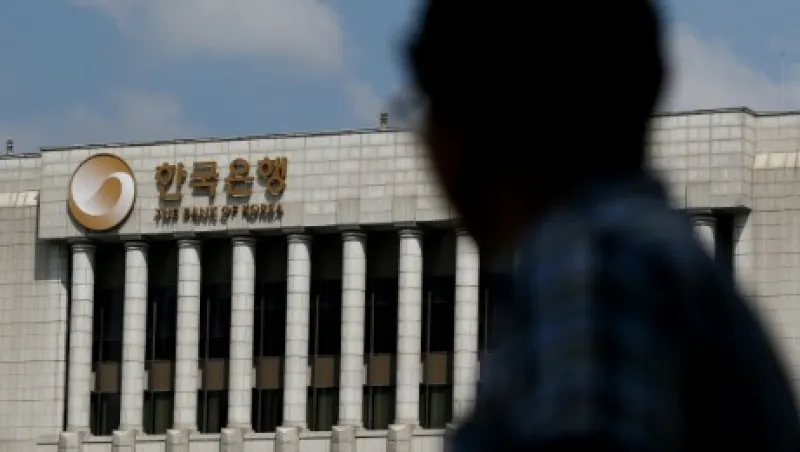The years of easy growth for Asian asset managers, at least relative to their counterparts in other parts of the world, have come to an end. Now executives are looking closely at China to see if the country can maintain growth, stabilize its markets and project stability around the region.
“It was our most difficult year since 2008,” says Cheah Cheng Hye, founder and co-CIO of Value Partners, a Hong Kong–based long-short hedge fund firm with $13.6 billion in assets. “The environment in our main market, which is China-related equities, has been very difficult.” So difficult, in fact, that the firm reported a 96 percent drop in net income in the first half of 2016, to 3.3 million Hong Kong dollars ($430,000).
Weak markets and worries about growth are putting pressure on fund managers across Asia. Chinese stocks barely began recovering from the summer 2015 meltdown before taking another hit earlier this year, while investors in Japan turned bearish on Prime Minister Shinzo Abe’s economic policies as growth slowed.
The CSI 300 index of blue chips on the Shanghai and Shenzhen stock exchanges stood at 3,312 late last month, down 38 percent from a peak of 5,335 on June 12, 2015; at 16,737, the Nikkei 225 index of Japanese stocks was down about 19 percent from its August 2015 peak; and Hong Kong was flirting with bear-market territory as the benchmark Hang Seng index was down 19 percent from its April 2015 high point, at 23,016.
“We have a fragile global economy and demographic shifts around the world that influence how people are thinking about savings and investments,” says Kevin Anderson, head of investments for the Asia-Pacific region at State Street Global Advisors in Hong Kong. The firm managed to grow its assets modestly in Australia and across Asia in the 12 months ended March 31.
Sluggish growth and low-to-negative interest rates in many major economies look likely to persist, possibly for years to come, cautions Anderson. “In this environment, we think it is important for investors to aggressively pursue greater risk-adjusted returns,” he says, adding that he expects equities to outperform government bonds in the second half of 2016. “In all cases, there is a need to create a framework which not only takes into account return objectives but also downside risk tolerance.”
There are some bright spots away from equities, says Shane Oliver, chief economist and head of investment strategy of AMP Capital. The Sydney-based firm is Australia’s fourth-largest fund manager with $119.8 billion in assets at the end of March. Defensive assets like bonds and yield-sensitive assets like real estate investment trusts tended to do very well over the past year, he says, as did real assets like directly held property and infrastructure.
Investors are keeping a close eye on China and South Korea for possible interest rate reductions, says Robert Rountree, global strategist for Eastspring Investments, the Singapore-based Asian asset management arm of U.K. insurer Prudential. The firm boosted its assets under management slightly in the 12 months ended March 31, to $115.4 billion.
“Although conditions generally spell monetary stability for the rest of the year, the main exceptions are Korea and China,” Rountree says. He expects the South Korean central bank to cut rates because economic growth looks set to undershoot official targets. The prospect for cuts in China “is less clear,” he says, “as the government balances its two policy objectives of maintaining growth and currency stability.”
Value Partners obtained a license to open a wholly owned subsidiary in China last year, and Cheah says he is optimistic about the potential there. “A big part of my medium-term strategy is to tap into China,” he says. “Deregulation and relaxation of capital controls are inevitable. The pace of reforms can slow down, but won’t stop. In the not-too-distant future, I see China to have the biggest pool of savings in the world. It’s the golden opportunity of a lifetime for a fund manager like me.”
Cheah also recently set up a Singapore office to sell funds offering exposure to Asian markets: “Unlike when I started my investment career, Asia today is much more influenced by what’s going to happen to mainland China because China has become the No. 1 trading partner for many markets in Asia.”
Follow Allen Cheng on Twitter at @acheng87.






